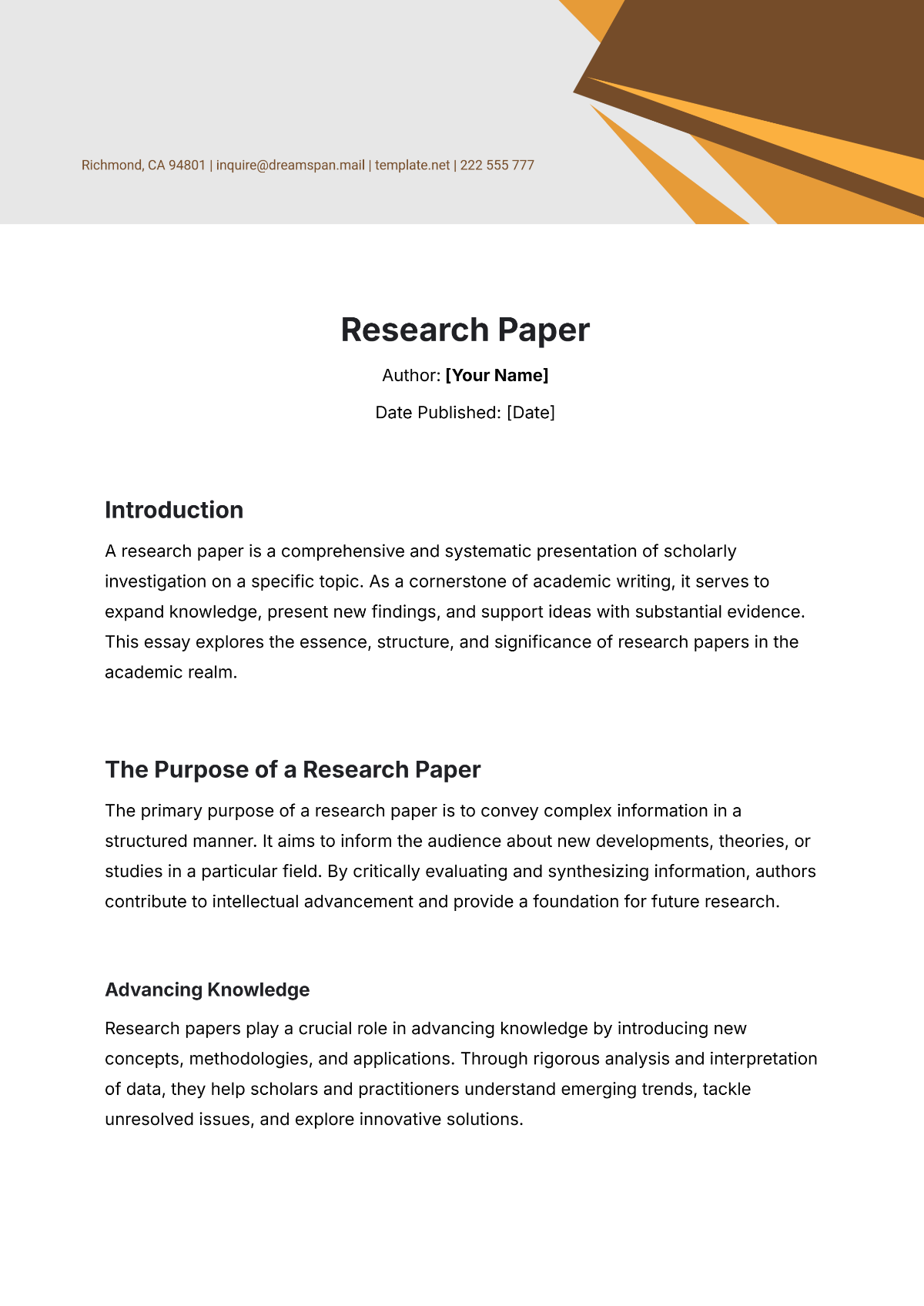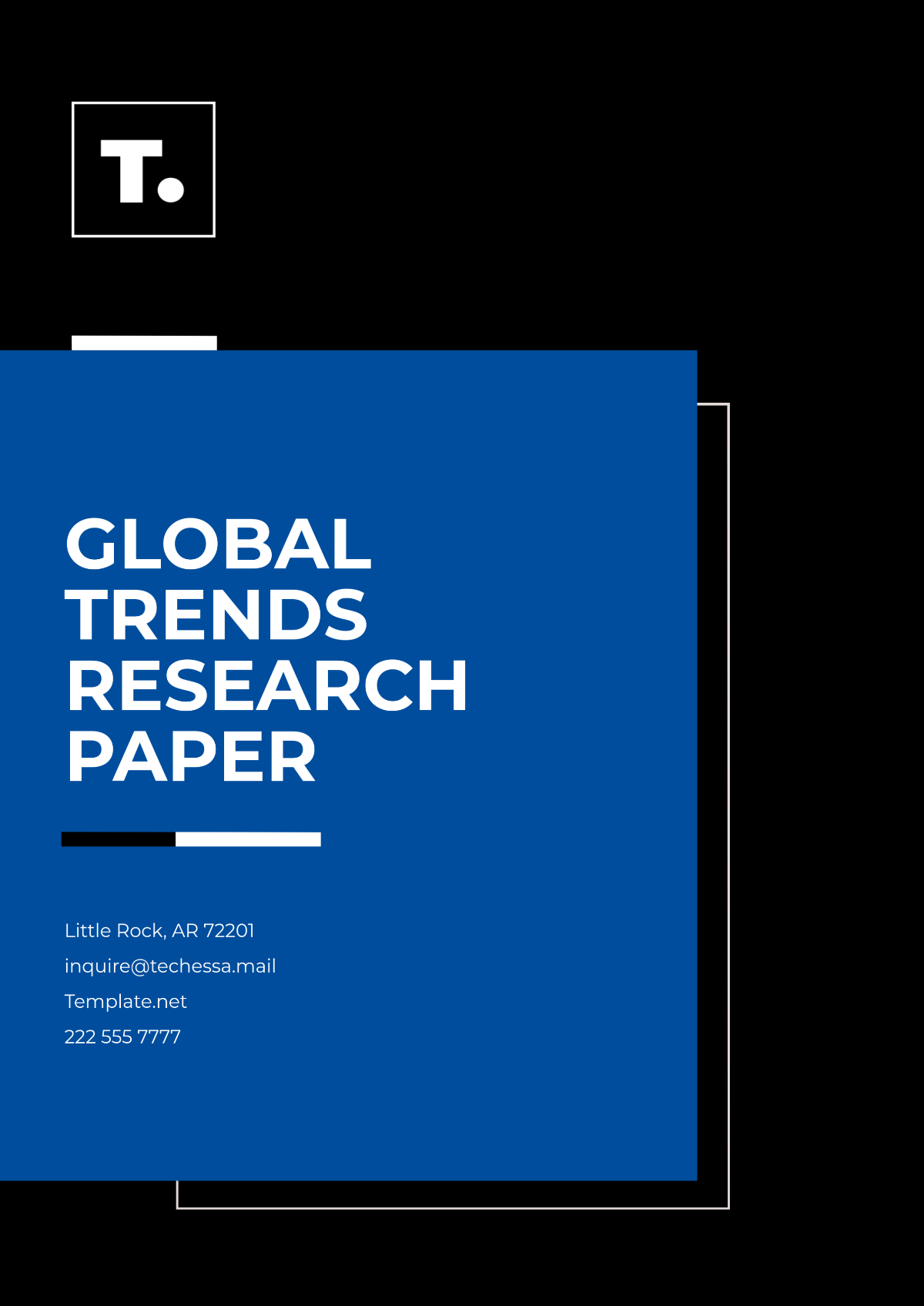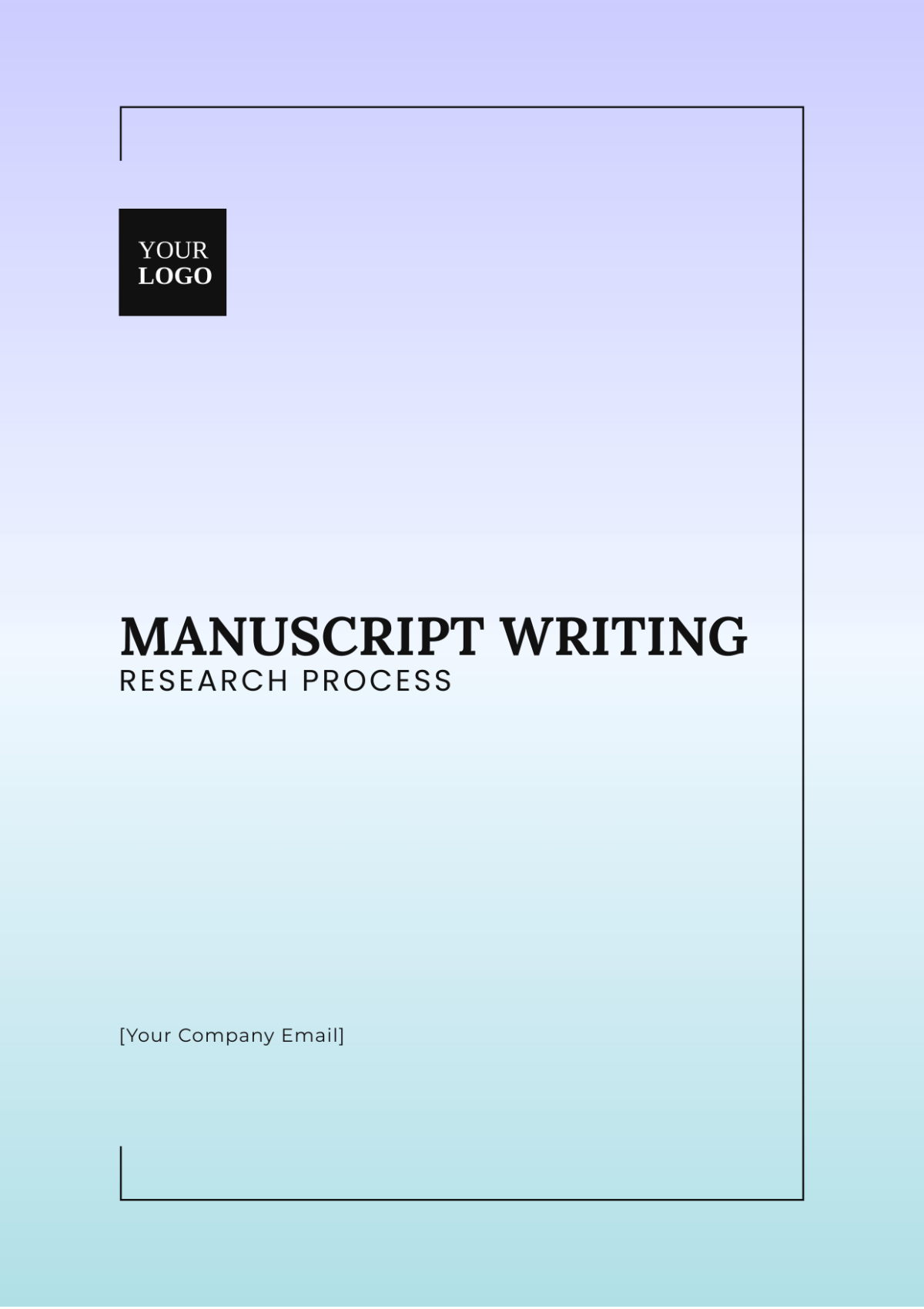Integrating Findings into the Research Process
Prepared By: [YOUR NAME]
Date: [DATE]
I. Introduction
Research is a cumulative process where new studies build on the foundation of previous findings. Integrating these prior results into current research endeavors is crucial for refining hypotheses, enhancing methodologies, and advancing knowledge. This research aims to explore how the integration of existing findings can enrich the research process and produce more robust and reliable outcomes.
II. Literature Review
Existing literature highlights several benefits of incorporating prior research findings into new studies. According to Smith (2050), doing so allows researchers to avoid duplication, refine their hypotheses more accurately, and adopt proven methodologies. Johnson (2059) discusses how integrating past insights can lead to more comprehensive and nuanced research questions. Brown et al. (2058) emphasize that this integration is crucial for identifying gaps in the current knowledge and creating a more cohesive body of work.
Smith (2050): Avoiding duplication, refining hypotheses
Johnson (2059): Comprehensive and nuanced research questions
Brown et al. (2058): Identifying gaps in knowledge
III. Methodology
Integrating previous findings into the research process involves a structured approach:
Literature Review: Begin with a comprehensive review of existing literature to identify and gather relevant studies. This step ensures that all pertinent information from past research is considered.
Synthesis of Findings: Analyze and synthesize the collected findings to extract key insights and overarching conclusions. This synthesis should highlight trends, patterns, and critical points from previous studies.
Hypothesis Refinement: Based on the synthesized insights, refine the research hypothesis to ensure it is informed by existing knowledge and addresses any identified gaps.
Methodological Adaptation: Evaluate and adopt methodologies from past studies that have demonstrated effectiveness. Adapt these methods as necessary to fit the context of the current research and ensure they align with the refined hypothesis.
Incorporation of Data: Integrate relevant data and metrics from previous studies into the current research framework. This step helps to validate findings and enhance the robustness of the research.
This research utilized a mixed-methods approach, combining qualitative analysis of existing literature with quantitative data from recent studies. This dual approach ensures a comprehensive evaluation of past findings and their applicability to current research.
IV. Results
The integration of past findings yielded several key outcomes that significantly advanced the research process:
Generation of New Insights: Integrating previous research facilitated the discovery of novel insights that extend beyond current knowledge. These new findings offer fresh perspectives and contribute to a deeper understanding of the research topic.
Enhanced Hypothesis Accuracy: By aligning with Smith (2050), the integration process refined the research hypotheses, ensuring they were grounded in a comprehensive understanding of existing knowledge. This alignment improved the precision and relevance of the hypotheses.
Strengthened Methodological Rigor: The adoption of proven methodologies, as supported by Johnson (2059), enhanced the overall rigor of the research. By incorporating effective methods from past studies, the research benefited from established best practices and increased methodological validity.
Identification of Research Gaps: The integration process also highlighted critical gaps in current research, corroborating the observations made by Brown et al. (2058). These identified gaps point to areas where further investigation is needed, guiding future research efforts and helping to address unresolved questions.
V. Discussion
The findings underscore the importance of integrating previous research into new studies. Improved hypothesis accuracy helps in producing more reliable results, while enhanced methodological rigor ensures validity. Moreover, identifying new research gaps provides pathways for future research. However, the integration process also presents challenges, such as ensuring the relevance of past studies and addressing potential biases.
VI. Conclusion
This research demonstrates that integrating findings from previous studies into the research process is invaluable for advancing knowledge. It refines hypotheses, enhances methodologies, and ensures that research builds on a solid foundation of existing knowledge. Future research should focus on developing standardized protocols for integrating past findings to overcome related challenges effectively.
VII. References
Brown, A., Smith, B., & Johnson, C. (2058). Identifying research gaps in contemporary studies. Journal of Research Methods, 45(3), 123-145.
Johnson, D. (2059). Improving research questions through a comprehensive review. Research Studies Quarterly, 38(2), 78-91.
Smith, E. (2050). Avoiding duplication in scientific research. Science and Research, 56(4), 456-472.

















































